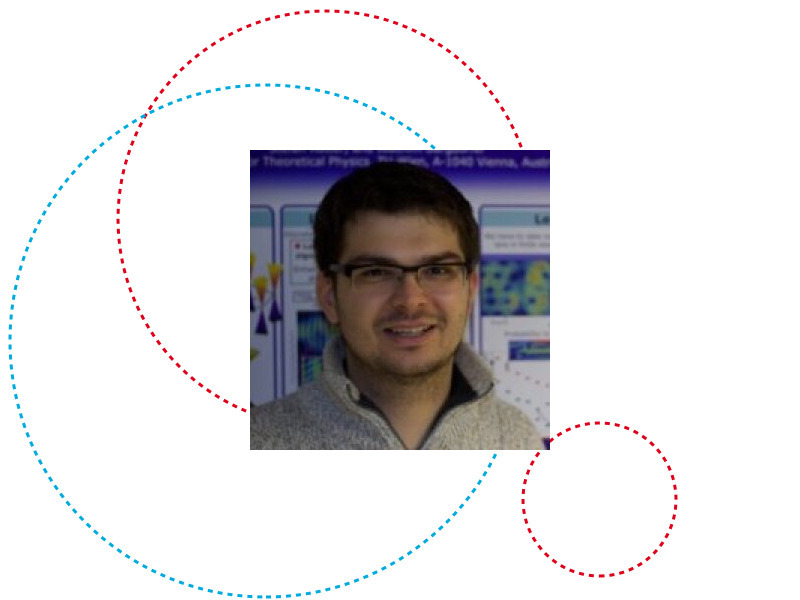About the topic
The special properties of graphene have created wide interest in possible graphene-based nanoelectronic devices. A theoretical understanding of the electronic structure of graphene in different chemical environments, and ways to tailor them, are crucial for future device applications. We investigate transport through nanostructured graphene using tight binding. Density functional theory calculations in combination with Wannier projections allow for quantitatively accurate tight binding parameters to simulate defects. We account for elastic scattering at defects as well as inelastic scattering at phonons.
The properties of lithographically patterned graphene nanoconstrictions are dominated by the edge roughness induced by the device fabrication process. Coulomb blockade measurements with our simulations reveals defect states that strongly localize at the rough constriction edge [1]. Sandwiching graphene between layers of hexagonal boron nitride protects the material against chemical residuals of the etching chemistry, allowing for the experimental observations of finite size effects [2]. Indeed, experiment and theory agree very well, allowing for quantitative assessment of the residual disorder strength. To demonstrate the unique symmetry properties of graphene requires dot geometries without physical edges. We combine a magnetic field with the tip of a scanning tunneling microscope to create a smooth confinement. The resulting potential well allows for localizing states in the Landau gaps of bulk graphene [3]. Such devices open
a pathway towards applications of graphene in quantum information technologies.
[1] D. Bischoff et al., Appl. Phys. Lett. 107, 203107 (2015)
[2] B. Terres et al., Nature Comm. 7, 11528 (2016)
[3] N. Freitag et al., Nano Lett. 16, 5798 (2016).
